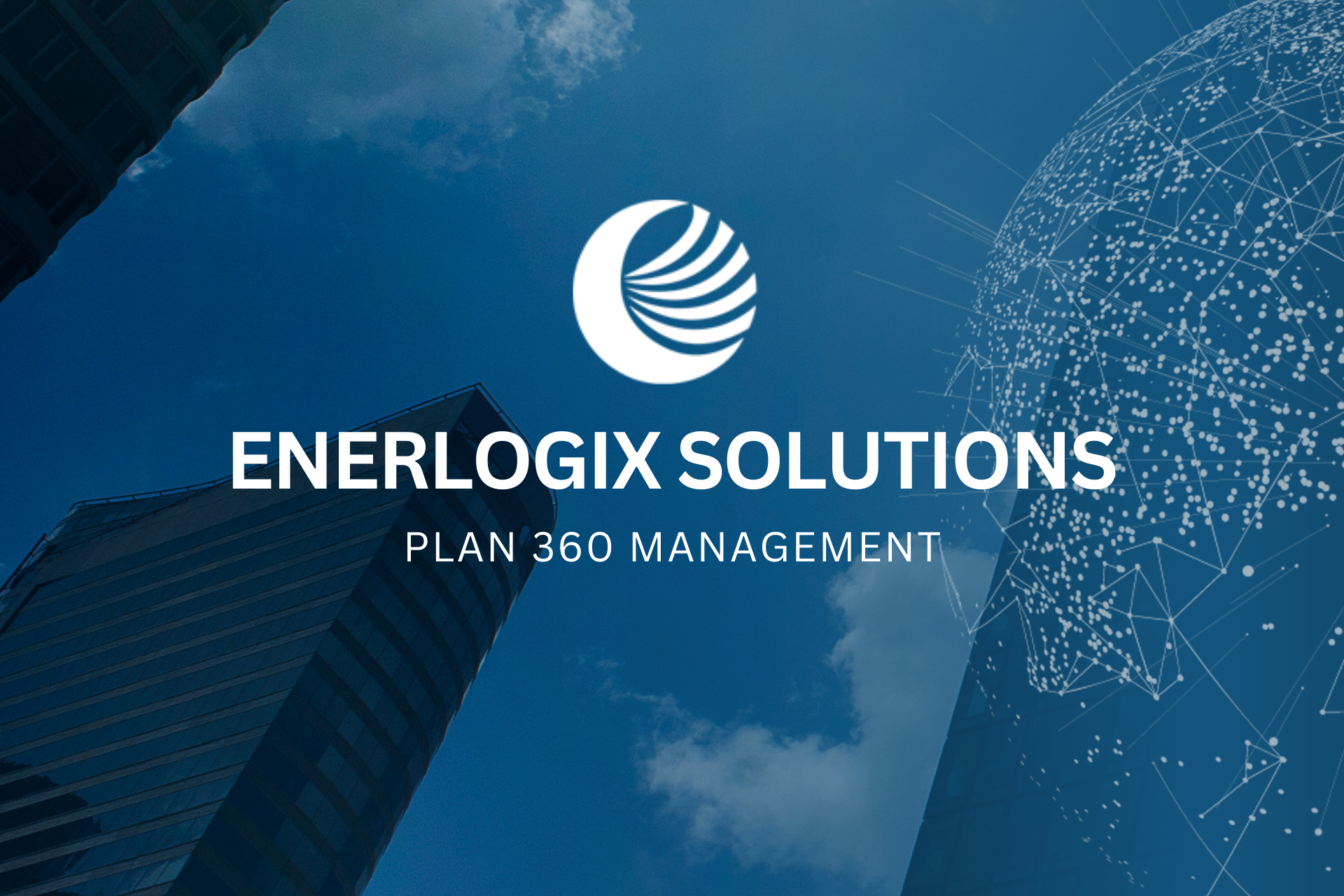Sustainable Energy and Conventional Energy
17 de septiembre de 2024
Enerlogix-Solutions
How Sustainable Energy Differs from Conventional Energy
Sustainable energy and conventional energy mainly differ in their sources, environmental impacts and long-term sustainability. Here I detail some of the key differences:
Energy Sources
Sustainable Energy
- Solar: Uses the sun's radiation to generate electricity or heat.
- Wind: Take advantage of the power of the wind through wind turbines.
- Hydroelectric: Uses the movement of water in rivers or reservoirs.
- Geothermal: Extracts the internal heat of the Earth.
- Biomass: Uses organic matter to produce energy.
Conventional Energy
- Coal: Burn coal to generate electricity.
- Petroleum: Uses petroleum products as a source of energy.
- Natural Gas: Burns gas to produce electricity and heat.
- Nuclear: Uses nuclear fission of elements such as uranium.
Environmental Impacts
Sustainable Energy
- Low or No Greenhouse Gas Emissions: Energy generation from sustainable sources emits very little or no CO2 and other pollutants.
- Lower Impact on Ecosystems: Renewable energy technologies generally have a lower impact on natural ecosystems compared to conventional sources.
- Renewable Resources: Uses resources that regenerate naturally and are practically inexhaustible.
Conventional Energy
- High CO2 Emissions: The burning of fossil fuels is one of the main sources of greenhouse gases.
- Environmental Pollution: The extraction and use of fossil fuels contributes to air, water and soil pollution.
- Non-Renewable Resources: It depends on finite resources that are being depleted and are not regenerated.
Long Term Sustainability
Sustainable Energy
- Durability: Renewable energy sources are available long term without risk of depletion.
- Innovation and Development: Promotes the development of new technologies and sustainable practices.
- Economic and Social Benefits: In the long term, it reduces operating costs and can generate jobs in green sectors.
Conventional Energy
- Resource Scarcity: The availability of fossil fuels is decreasing, which can lead to cost increases and supply problems.
- Health Risks: Pollution associated with conventional energy has negative impacts on public health.
- Regulatory Challenges: It faces increasing restrictions and regulations due to its environmental impact.
Conclusion
In summary, sustainable energy is distinguished by its inexhaustible source, its lower environmental impact and its ability to offer a viable and responsible long-term energy solution. On the other hand, conventional energy, although currently still an important source, faces significant challenges related to sustainability and environmental impact.
What is sustainable energy?
Sustainable energy, also known as renewable energy, is obtained from sources that regenerate naturally and do not deplete with use. Examples include solar, wind, hydroelectric, geothermal and biomass energy.
What is conventional energy?
Conventional energy comes from non-renewable sources such as coal, oil, natural gas and nuclear energy. These sources are finite and their use generates polluting emissions and other negative environmental impacts.
What are the main differences between sustainable energy and conventional energy?
The main differences lie in the energy source (renewable vs. non-renewable), environmental impact (low emissions vs. high emissions) and long-term sustainability (inexhaustible vs. finite resources).
Why is it important to adopt sustainable energies?
Adopting sustainable energy is crucial to reduce greenhouse gas emissions, reduce environmental pollution, conserve natural resources and ensure a long-term energy supply.
What are the economic benefits of using sustainable energy?
Economic benefits include reduced long-term operating costs, access to tax incentives and subsidies, and reduced vulnerability to fossil fuel price fluctuations.





